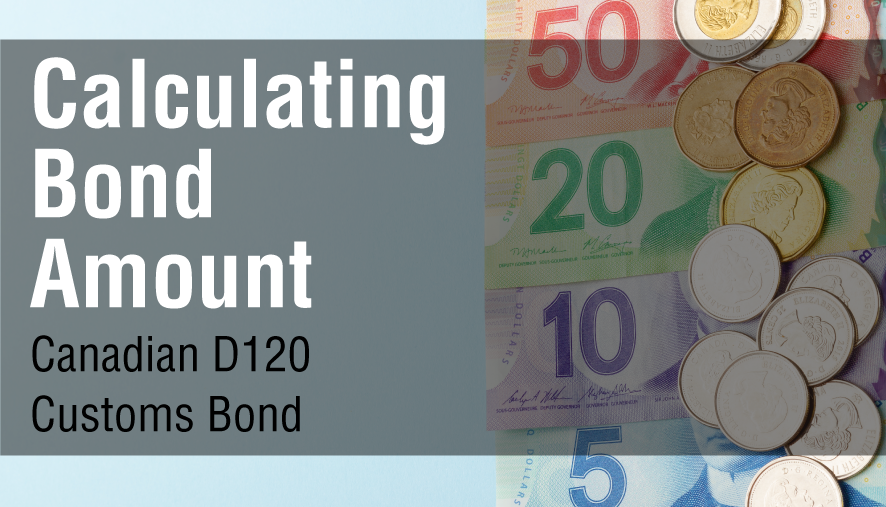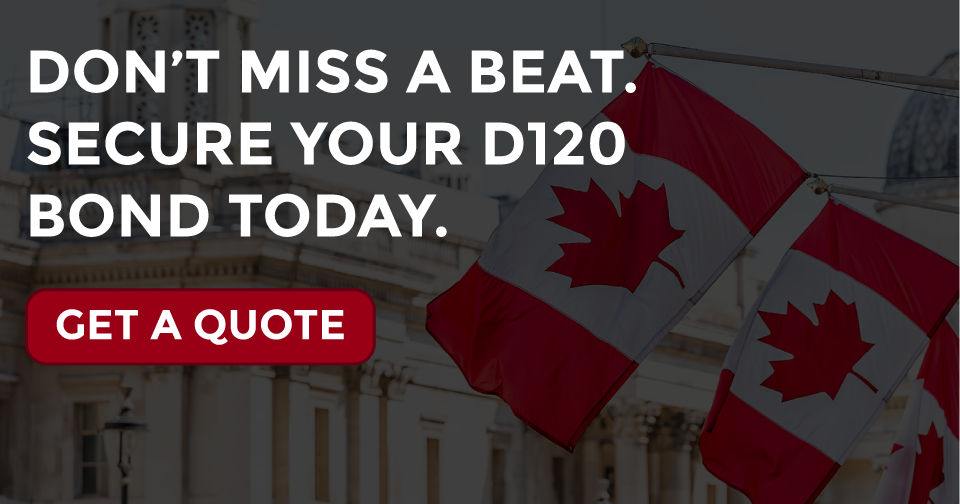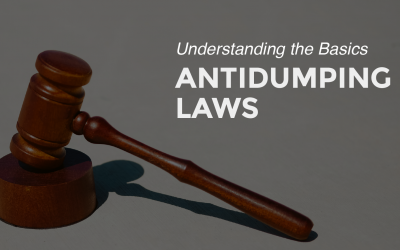There has been a lot of talk about the upcoming requirement for Canadian importers to secure their own bond, but how can bond size be calculated before the June 2022 date?
As of June 2022, it will be mandatory for all Canadian importers to secure their own D120 Customs Bond in order to participate in the Release Prior to Payment Privilege (RPP). However, the Canada Border Services Agency (CBSA) has stated that they will only display the required bond amount on the CARM Client Portal (CCP) only as of CARM Release 2.
This poses a problem for Canadian importers trying to be proactive and avoid any interruptions in their importing into Canada since the RPP security (D120 Customs Bond) is mandatory as of Day 1 of Release 2. Therefore, it is recommended that importers calculate their required bond amount and potentially secure a bond prior to this release.
How to Calculate Bond Size for the Canadian D120 Customs Bond (Continuous)
The first step to calculating the bond size required for an importer’s D120 Customs Bond is to calculate the monthly duties and taxes on all transactions for the most recent 12-month period. If the importer uses multiple Customs Brokers to make entries into Canada, the duties and taxes for all shipments transacted by all Customs Broker needs to be included in the calculation for that most recent 12-month period.
When posting a continuous D120 Customs bond, the bond size must be 50% or more of the highest monthly accounts payable to the CBSA within the most recent 12-month period. The minimum bond amount that can be placed is $25,000 and the maximum is $10 million. Importers without a 12-month history will need to estimate the amount of duties and taxes.
So for example, if an importer’s highest monthly accounts payable is calculated to be $100,000, they would need to post a continuous bond for 50% of that amount which would be $50,000. However, if an importers highest monthly accounts payable is determined to be $30,000, they would need to post a $25,000 continuous bond since 50% of $30,000 ($15,000) would then be rounded up to the minimum bond size.
Additional Ways to Post Security with CBSA
There are a few different ways an importer is able to post security with the Canada Border Services Agency (CBSA) which will allow them to participate in RPP.
- Post a Continuous Surety Bond (D120)
The calculation for this bond amount is written out above. - Post a Cash Bond
If an importer chooses to post a cash bond, that bond must be equal or greater than 100% of the importer’s highest monthly accounts payable to the CBSA within the most recent 12-month period. This cash bond can be posted to the account by making a deposit through the CARM Client Portal (CCP). However, this option will not be possible until Release 2 goes live in June 2022. - Post a One-time Single Entry Bond
While this will be an option, CBSA has not yet released any information for this option. - Zero Accounts Payable
If an importer’s highest monthly accounts payable is zero within the most recent 12-month period, no bond is required. If the importer does not normally have dutiable/taxable goods but has a dutiable and taxable shipment coming in they can choose to apply a single one-time entry bond or make an interim payment of duties and taxes.
Although the requirement for an importer to post their own customs bond is not mandatory until CARM Release 2 and that is currently scheduled for June 2022, importers should begin discussions with a surety company well ahead of this date to obtain a surety bond prior to the release.






![[Video] What Are Antidumping and Countervailing Duties?](https://traderiskguaranty.com/trgpeak/wp-content/uploads/2024/03/what-are-antidumping-countervailing-duties-YT-400x250.png)
![[Webinar] 2023 Q2 International Trade Update](https://traderiskguaranty.com/trgpeak/wp-content/uploads/2023/08/2023.07_Q2-International-Trade-Update_Page_01-400x250.png)